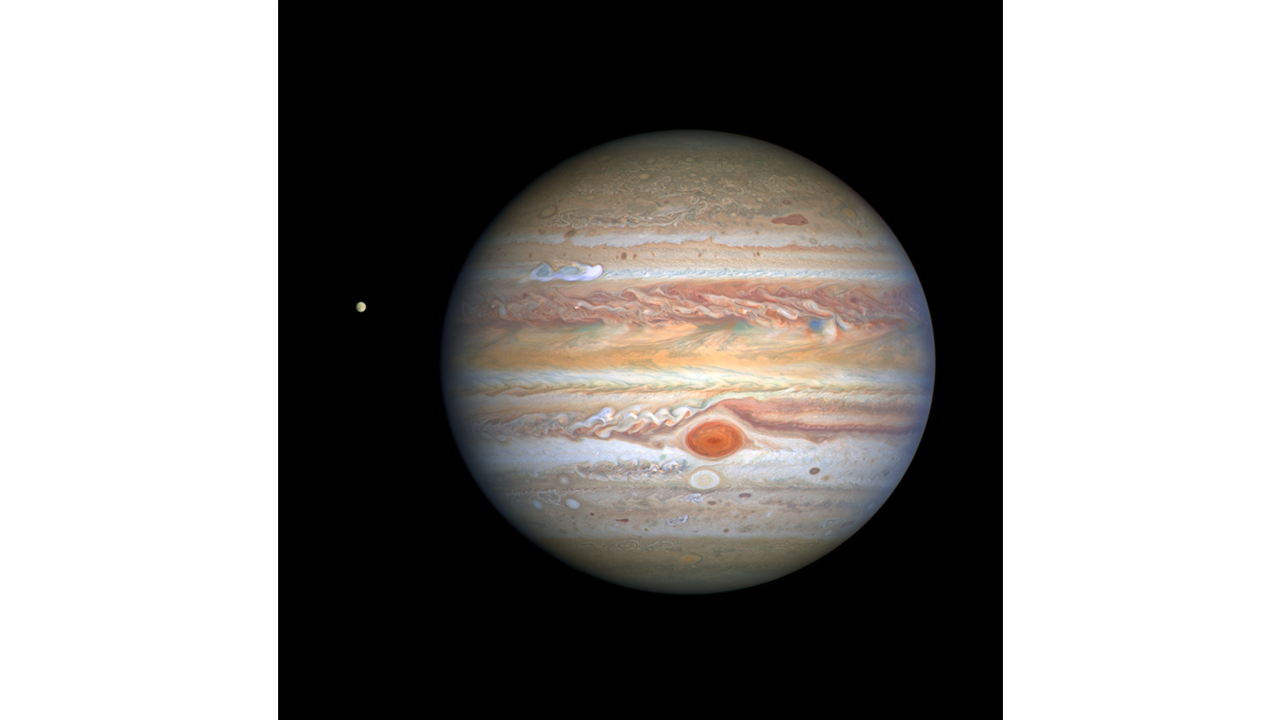Using Hubble, astronomers have discovered that Jupiter’s Great Red Spot (GRS) is not as stable as it might look. Hubble measurements of the GRS’s size, shape, brightness, color, and vorticity showed it can change dimensions—looking like a slightly skinnier or fatter red oval over 90 days.
Tag: atmosphere/weather
Neptune’s Disappearing Clouds Linked to the Solar Cycle
Astronomers have uncovered a link between Neptune’s shifting cloud abundance and the Sun’s 11-year solar cycle that increases the amount of ultraviolet radiation reaching the planet. This discovery is based on three decades of observations by Hubble.
Earth’s vegetation is changing faster today than it has over the last 18,000 years
A global survey of fossil pollen has discovered that the planet’s vegetation is changing at least as quickly today as it did when the last ice sheets retreated around 10,000 years ago.

Hubble Captures Crisp New Portrait of Jupiter’s Storms
More massive than all the other planets combined, Jupiter truly is the king of our solar system. The swirling clouds, arranged in colorful, banded structures, change from year to year. The rich colors are produced by trace compounds in Jupiter’s predominantly hydrogen/helium atmosphere. Hurricane-force winds propel these clouds, and upwelling currents are ablaze with lightning bolts far more powerful than those seen on Earth.
The Hubble Space Telescope serves as a “weather satellite” for monitoring Jupiter’s stormy weather. The iconic Great Red Spot, a storm big enough to swallow Earth, shows that it’s shrinking a little in the Hubble images, but it still dominates the entire southern atmosphere, plowing through the clouds like a cargo ship.
Hubble astronomers patiently wait to get close-up snapshots as Earth make its nearest annual approach to Jupiter – an astronomical alignment called an opposition, when Jupiter is on the opposite side of the Earth from the Sun.